DIY Boost leak tester – Version 1
Every turbo car has leaks at some point in its life. To fix them you have to find them first!
Sooner or later one of the following things will happen:
- a hose could start leaking
- a boost pipe could be dented and leaking
- a hose clamps may be loose and could need tightening
- the intake manifold could be cracked.
- the PCV system could be broken
- the intercooler itself could be dented by small rocks and leaking
The only way to tell if your boost system is working properly and NOT leaking boost into the atmosphere is to do a boost leak test.
Doing a boost leak test means that with the engine turned off, you pressurize the boost system and check if it holds boost for a few seconds when left on its own. The parts we are interested in is after the turbo and including the intake manifold.
The easiest way to do it in modern cars is by pressurizing the turbo from its intake side. Pressurized air from outside the car is fed into the system by installing a special adapter in front of the turbo. Then we check for leaks with a boost gauge installed somewhere on the boost lines or on the intake manifold.
Boost leak testers
There are many different commercial boost leak testers. You can find a lot of them on ebay, even just to get an idea what they look like. If you are not a hands-on guy, go for something that is built and tested by someone else. Or forget doing this altogether and have your mechanic do it for you.
Because it is difficult to keep a whole collection of tools just for boost testing your car unless you are a professional, it makes sense to have just one for your car.
This boost leak tester is very simple. It is made out of a fuel filter with the diameter of the turbo’s intake pipe and a bicycle tyre valve. The fuel filter is stiff enough to withstand being tightened inside a hose without deforming. It is also built for fuel pressures exceeding 7bar, so it is unlikely you will be able to harm it just with pressurized air.
Make your own
[singlepic id=506 w= h= float=none]
Very simple: Fuel filter, bicycle tyre valve/car tyre valve, small piece of fuel line. Tadaaaaa! Fuel filters are very inexpensive compared to complicated plastic or metal adaptors made in a lathe. There is a wide variety of sizes to choose from too, just ask your local car parts store for one that fits the dimensions of your inlet pipe to the turbo.
Remember to chop off the fuel nipple you will not be using. We do not want it to damage the compressor wheel!
[singlepic id=504 w= h= float=none]
Steps: How to do the boost leak test
- Remove the intake from your turbo.
- Install the filter in its position. Tighten it really well onto the turbo / turbo’s silicone hose.
- Make sure that the engine is off. Key off too, just in case you are bright enough to have left the key on the ignition switch.
- Connect the bicycle valve to an external air compressor. Be careful because tyres inflate with pressure up to 4bars. We will only pressurize our system with pressure up to 2 bars and leave it there.
- Start inflating the system slowly up to 2 bars. Do not go crazy because you will definitely cause damage if you put 3bars on a stock engine. They are not meant to hold that much boost.
- Once you reach 2 bars, stop and observe the boost gauge. It should be dropping pressure very slowly. If pressure drops quickly (within 2-3 seconds for example) then you have a big boost leak.
- If there are boost leaks, you will start hearing hissing sounds. If a boost hose is loose there is a high chance it will slip out of position.
- Fix the leaks and do the test again. The less leaks the system has, the more it holds boost inside it without dropping quickly.
[singlepic id=507 w= h= float=none]
We prefer pressurizing the whole system about 0.5bars/7psi above its maximum operating boost. If it goes up to 1.5bar/21psi at overboost, we go for at least 2bars/30psi during the boost leak test.


































